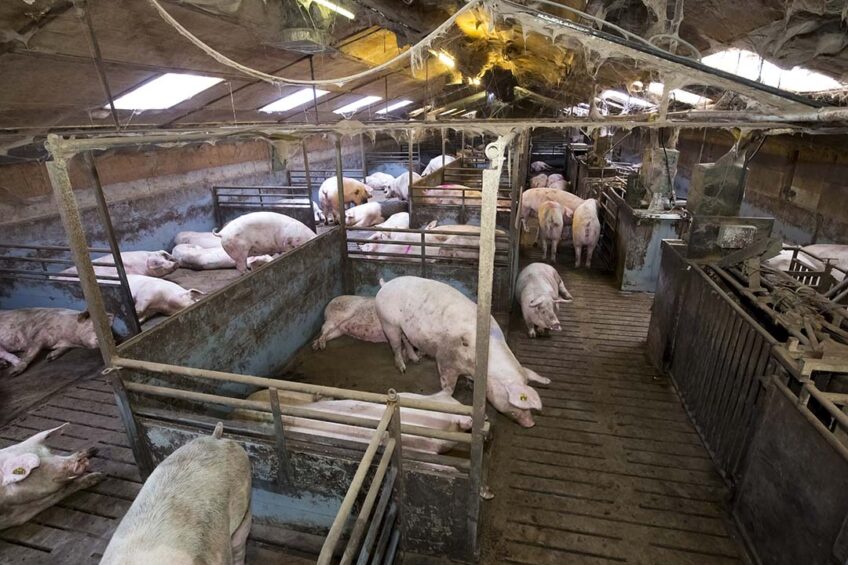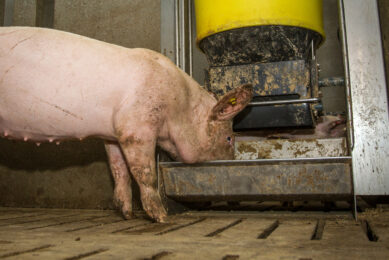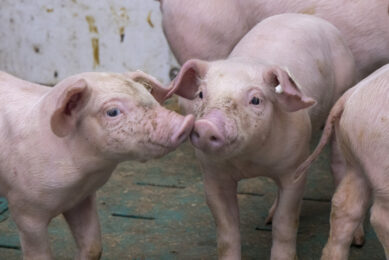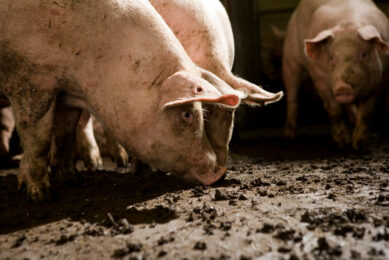Seasons affect pigs’ carcass and pork quality parameters

Pigs are not able to sweat or pant which makes them more susceptible to high environmental temperatures than other livestock species. Previous studies indicated the negative impacts of high environmental temperature on pigs’ health, welfare, and production efficiency. However, the impact of season on carcass and pork quality traits is less known. A team of Hungarian researchers delved into this.
The researchers published about their findings in the journal Animals in a research article published in January 2024. They evaluated the effect of seasons on performance, carcass traits, and pork quality parameters of growing-finishing pigs.
Data collection
The research team selected 24 (Hungarian Large White x Hungarian Landrace) x (Pietrain x Duroc) growing-finishing pigs and introduced them into the experiment during the summer and the autumn period. The team recorded the maximum and minimum temperature in the barn every day. In addition, they determined pigs’ live weights at the start and end of the investigation and the average daily gain. Then they transported pigs to the slaughterhouse where their live weights were recorded immediately before slaughter. They weighed carcasses and measured lean meat percentage, the dressing percentage, and pH. After 24 hours of cooling, they determined cold left carcass weight, trunk length, fat thickness, and pH at 24 hours postmortem. They evaluated meat color lightness, redness, and yellowness parameters, drip loss, thawing loss, cooking loss, shear force, and composition parameters. Finally, they recorded the chemical composition including moisture, intramuscular fat, protein, ash, and collagen content of the pork.
Impact of season on growth performance of grower-finishers
Pigs growing in autumn started at a lower average age than pigs growing in summer. In addition, the autumn-growing pigs required less days to reach slaughter weight compared to the summer-growing animals. Furthermore, the autumn-growing pigs had a greater average daily gain than the summer-growing pigs.
Impact of season on carcass quality parameters
The seasons did not influence the warm carcass weights, cold left half weights, lean meat percentage and the dressing percentage. Although, trunk length was higher in summer-growing pigs than in autumn-growing pigs. In contrast, the fat thickness on withers and loin was greater in in autumn-growing pigs compared to summer-growing pigs.
Impact of season on pork quality parameters
Drip loss and cooking loss were higher in summer-growing pigs than in autumn-growing pigs. In addition, protein, intramuscular fat component, and collagen measurements were higher in summer-growing pigs, while protein content of meat samples was considerably lower in summer-growing pigs.
The authors concluded that seasons affected pigs’ growth performance, and carcass and pork quality parameters. This finding highlights the importance of more profound seasonal settings of climate control to improve production efficiency.











